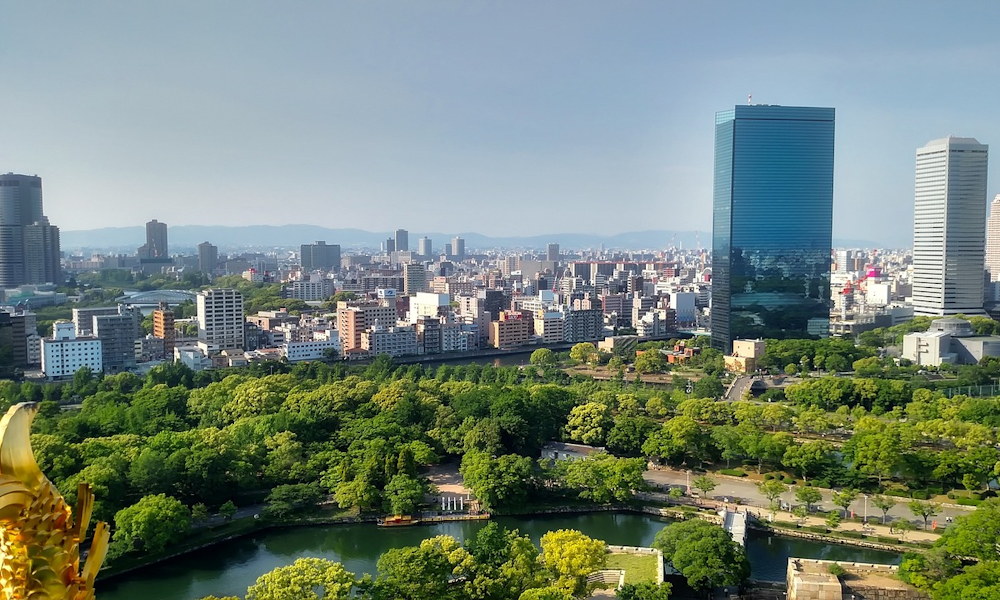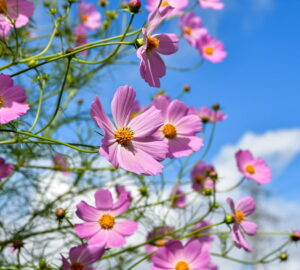In a world where urbanization continues to encroach upon natural habitats, a revolutionary concept offers a glimmer of hope: the Miyawaki forest. This innovative approach to reforestation, named after its creator, has been gaining traction worldwide for its effectiveness in restoring biodiversity and combating climate change. But what exactly is a Miyawaki forest and why is it garnering so much attention?
The Genesis of the Miyawaki Method
The Miyawaki forest concept was pioneered by Japanese botanist Dr. Akira Miyawaki in the 1970s. Dr. Miyawaki, an expert in plant ecology, developed a method to create dense, native forests on degraded land in a fraction of the time it would take for natural regeneration. His technique involves planting a variety of native species close together, fostering rapid growth and natural succession. Typically, the minimum recommended size for a Miyawaki forest is about 100 square meters (approximately 1,076 square feet) to ensure sufficient density and biodiversity. These forests often become self-sustaining within three years, requiring no further human intervention. The method has been successfully applied in various climates and regions, demonstrating its versatility and effectiveness.
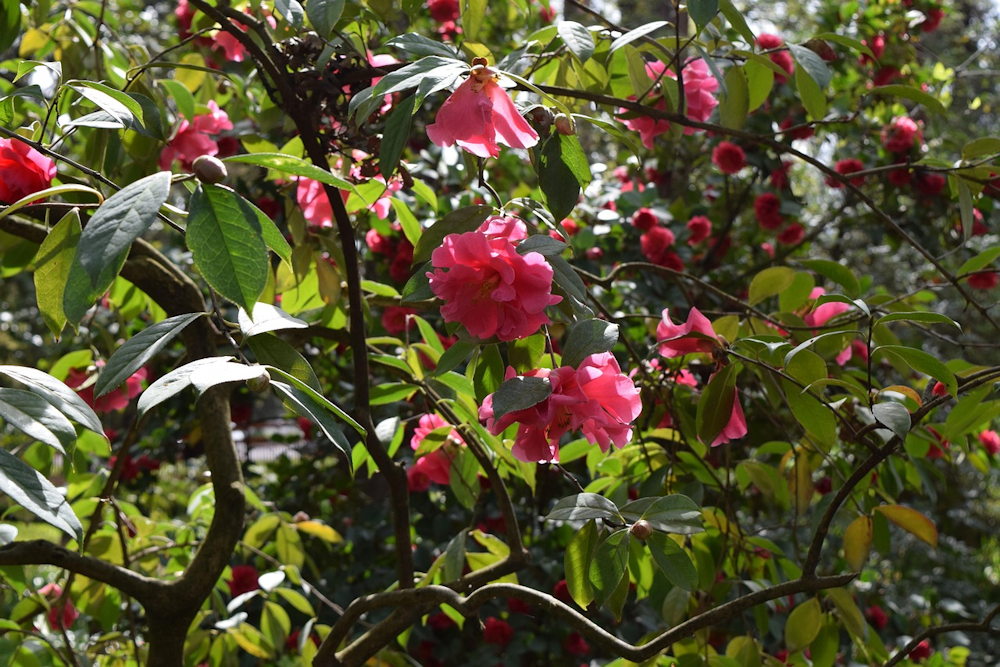
Why Miyawaki Forests Matter
Miyawaki forests offer numerous environmental benefits:
- Rapid Growth: These forests grow 10 times faster than conventional plantations.
- High Biodiversity: They host a rich variety of native species, enhancing local biodiversity.
- Carbon Sequestration: Dense planting maximizes carbon capture, aiding in the fight against climate change.
- Improved Air Quality: The increased foliage significantly improves urban air quality.
- Soil Health: These forests enhance soil fertility and prevent erosion.
- Water Retention: Dense forests improve groundwater recharge and reduce surface runoff.
- Urban Cooling: They provide shade and reduce urban heat island effects.
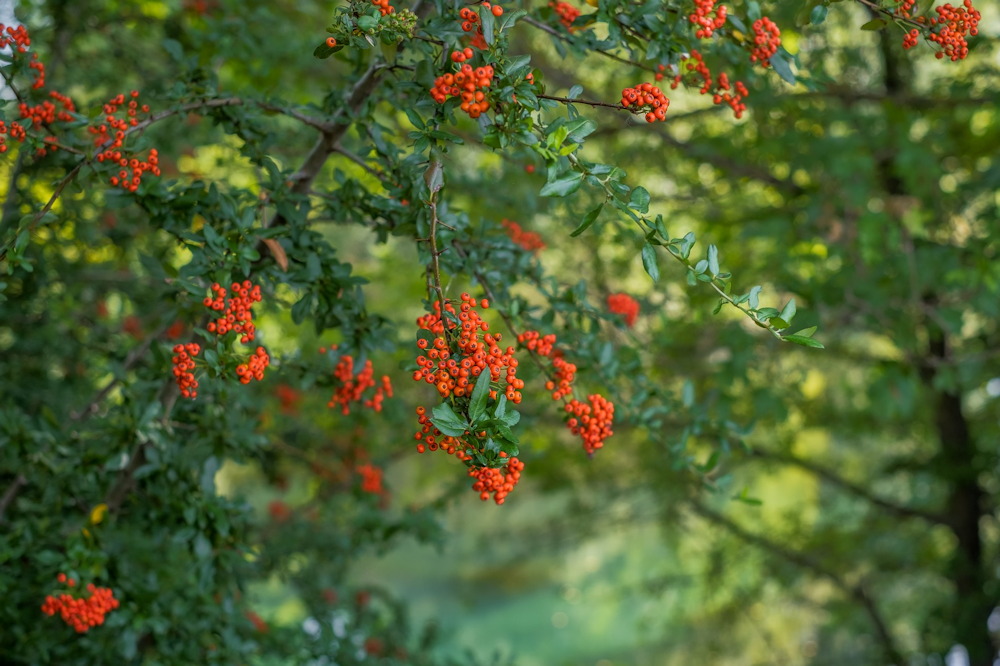
Flora of a Miyawaki Forest
Miyawaki forests are known for their rich biodiversity, incorporating a wide range of plant types to replicate the natural composition of native forests. While trees form the backbone of these forests, a variety of other plant types are also included to create a dense and layered ecosystem.
Trees
The primary component of a Miyawaki forest is the selection of native tree species. These are chosen based on their ecological roles and local adaptability. Examples of trees include:
- Canopy Trees: Tall species that form the upper layer of the forest, such as oaks, maples and pines.
- Sub-canopy Trees: Medium-sized trees that thrive in the shade of canopy trees, like hornbeams and birches.
Shrubs
Shrubs play a crucial role in the mid-layer of a Miyawaki forest, contributing to the forest’s density and providing habitat for various wildlife. Common shrubs include:
- Flowering Shrubs: Species like azaleas and rhododendrons that add color and attract pollinators.
- Berry-bearing Shrubs: Such as elderberries and hawthorns, which offer food for birds and small mammals.
Ground Cover
The forest floor in a Miyawaki forest is often covered with a variety of ground cover plants, which help prevent soil erosion and retain moisture. Examples include:
- Herbaceous Plants: Ferns, wildflowers and grasses that thrive in the dappled light beneath the trees.
- Mosses and Lichens: These non-vascular plants play a critical role in maintaining soil health and moisture levels.
Climbers and Vines
To further mimic natural forest ecosystems, climbers and vines are sometimes included. These plants add vertical diversity and can provide additional habitat and food sources. Examples include:
- Vines: Species like Virginia creeper or honeysuckle, which can grow on trees and shrubs, adding to the forest’s complexity.
By incorporating a mix of these plant types, Miyawaki forests achieve a high level of biodiversity and ecological balance, fostering robust ecosystems that are self-sustaining and resilient.
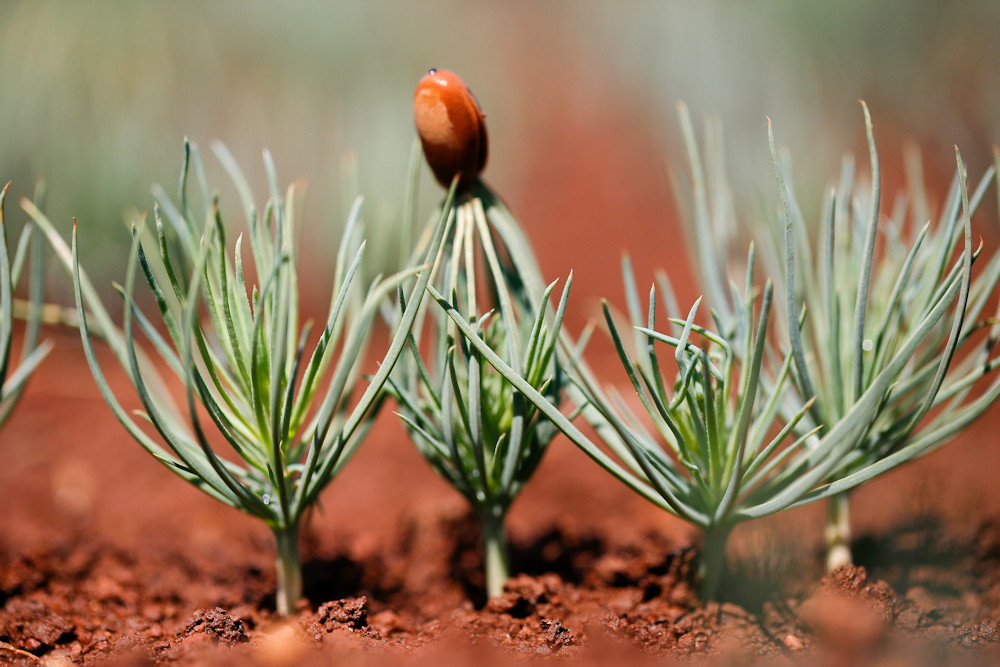
The First Miyawaki Forest and Global Spread
The first Miyawaki forest was planted in Yokohama, Japan, in 1971. This pioneering project demonstrated the feasibility and benefits of the method, inspiring a global movement. Today, Miyawaki forests can be found across the world, from urban pockets in India and Brazil to community projects in Europe and the United States.

Creating a Miyawaki Forest
Creating a Miyawaki forest involves more than just enthusiasm and resources; it requires careful planning and coordination. Typically, city government permission and the input of municipal experts are essential to ensure the project aligns with urban planning regulations and ecological standards. These experts help select appropriate native species, avoiding non-native or invasive plants that could disrupt local ecosystems. Community involvement is also crucial, fostering a sense of ownership and stewardship among residents. With the right support and collaboration, anyone can contribute to creating these thriving urban forests, transforming cities into greener, healthier spaces.

Plant Associations for Miyawaki Forests
Here are examples of plant associations for Miyawaki forests in three different regions:
Japan
- Castanopsis cuspidata (Japanese chinquapin)
- Quercus glauca (Blue Japanese oak)
- Cinnamomum camphora (Camphor tree)
- Machilus thunbergii (Japanese bay tree)
- Camellia japonica (Japanese camellia)
US East Coast
- Quercus alba (White oak)
- Acer rubrum (Red maple)
- Betula nigra (River birch)
- Carya ovata (Shagbark hickory)
- Prunus serotina (Black cherry)
Central Europe
- Quercus robur (English oak)
- Fagus sylvatica (European beech)
- Carpinus betulus (Hornbeam)
- Tilia cordata (Small-leaved lime)
- Acer campestre (Field maple)
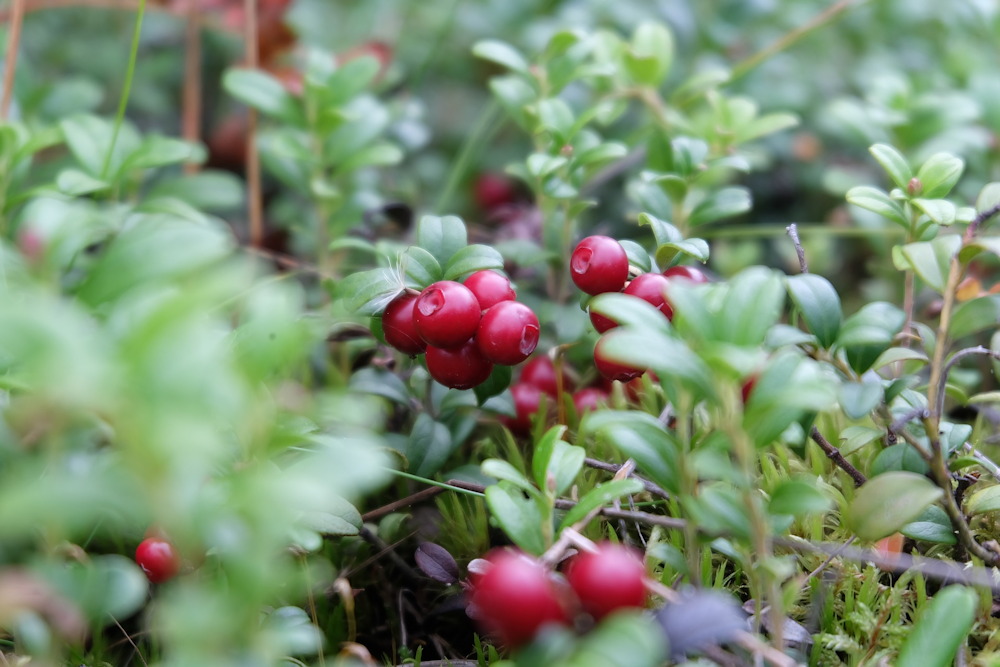
Fascinating Facts about Miyawaki Forests
- Speedy Growth: Trees in Miyawaki forests grow up to 1 meter per year in height.
- Self-sustaining: After three years, these forests require no maintenance.
- High Density: A typical Miyawaki forest can contain 30 times more trees than conventional methods.
- Microclimates: They create cool, moist microclimates, beneficial for urban areas.
- Diverse Fauna: These forests attract various wildlife, including birds and insects, restoring local ecosystems.
- Community Bonding: Planting a Miyawaki forest can be a powerful community activity, fostering environmental awareness and cooperation.

The Future of Miyawaki Forests
As urban areas continue to expand, the need for green spaces becomes ever more critical. Miyawaki forests offer a scalable, effective solution for rewilding urban environments. Their potential to mitigate climate change, enhance biodiversity and improve quality of life makes them a vital tool for sustainable urban development. With growing awareness and community involvement, the Miyawaki method could become a cornerstone of urban planning, transforming cities worldwide into greener, healthier spaces.
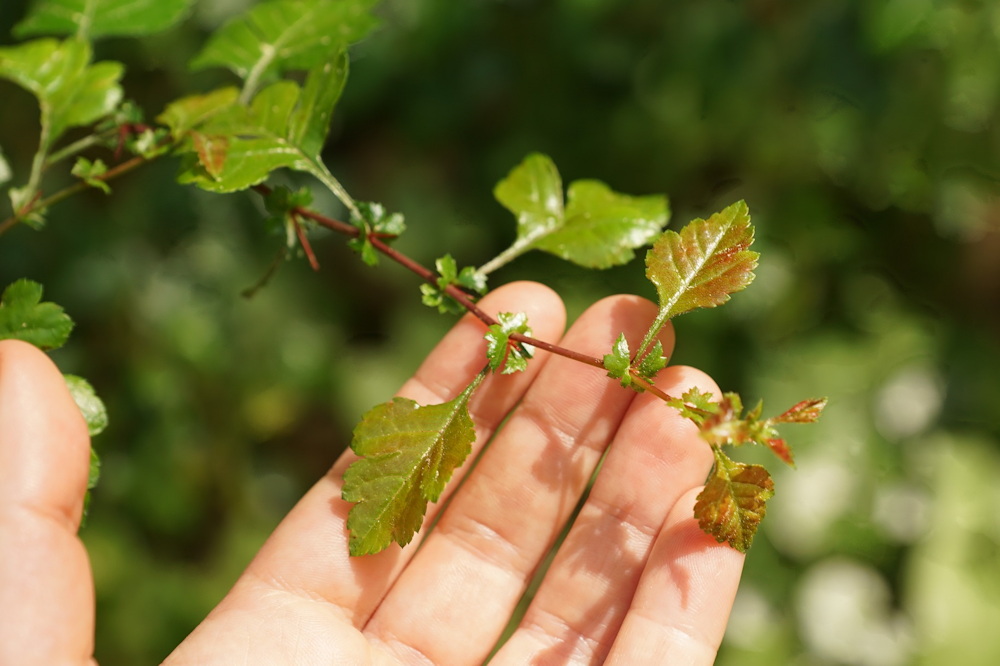
In conclusion, Miyawaki forests not only symbolize hope but also serve as a practical approach to restoring nature in our concrete jungles. As more cities adopt this method, we can look forward to a future where urban and natural environments coexist harmoniously, benefiting both people and the planet.



